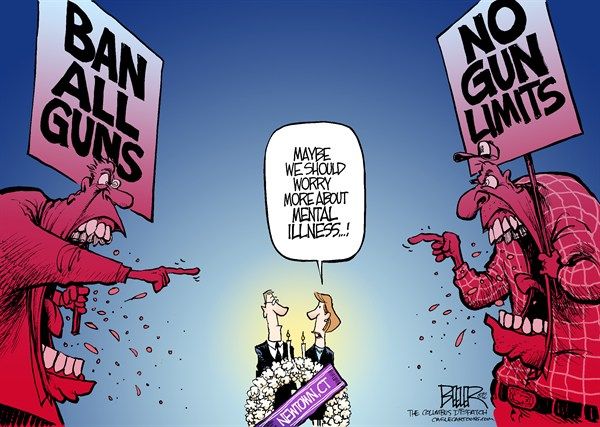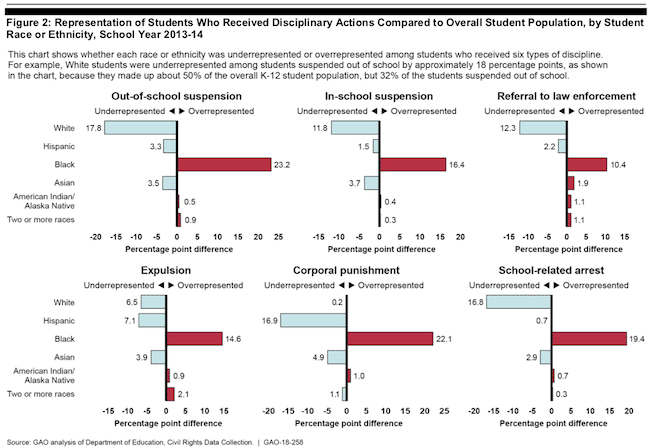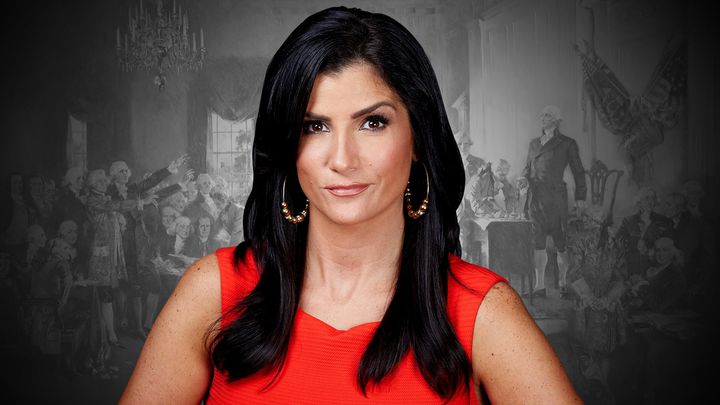If We Could Roll Back the Clock to February 14, 2017
The tragedy at Marjory Stoneman Douglas should show us that it is no longer acceptable to dismiss disturbing behavior, criminal activity, or threats against our schools. The lives of our children & teachers depend on it. We can’t rewind the clock, but we can learn the lessons of the past.

Recently on my social media stream, a friend proposed the following thought exercise about gun control and time travel. After the Parkland tragedy that took 17 lives, including my daughter Alaina, I took some time to reflect on this. Here is what my friend proposed:
So 99% of the media coverage of the Parkland tragedy has focused on gun control. I’m not saying anything for or against gun control here, so please suspend for a moment your opinions on that, and answer honestly this simple hypothetical question:
If you theoretically had a child attending MSD, and could roll back the clock to a year before 2/14, in what order would you change the following options in order to keep your child safe?:
- Have a law written somewhere saying no-one anywhere can own a semi-automatic gun.
- Have the FBI actually follow up and act on reported risky, threatening behavior.
- Have a school policy that allows authorities to actually report and act on aggressive, violent, or psychologically imbalanced behavior.
- Have school security officers that will actually try to stop an active shooter vs. waiting outside during a rampage.
- Have hardened schools that mitigate the effect a shooter could have.I’m not sure of the exact order, but #1 is at the bottom of my list. (I don’t think a law on the books, while doing nothing about the other areas, would meaningfully increase the safety of my child nearly as much as the other 4)
So why is this receiving 1% of the coverage? In this specific incident, these deaths did not happen for lack of a gun law on the books. They happened because multiple people in positions of power and responsibility neglected, ignored, or abdicated their responsibilities to keep these children safe. Holding them accountable should be of the utmost priority.
It’s a simultaneously heartbreaking and fascinating question, perhaps better phrased, “What wouldn’t I give to rewind the clock?” Let’s say it was possible to rewind the clock. Of the five choices, what would I change? What do I believe would have saved my daughter and 16 other beautiful souls? I responded with the following, slightly edited response:
“I can find no fault with your question and wholeheartedly agree with your conclusion: a law banning any specific firearm would have been, and remains today, at the bottom of my list. If 2,3,5 had been in place, 17 lives would have been saved, 17 others uninjured, with thousands of lives unchanged by the horror of February 14, 2018. If only 4 had been different, 6 on the 3rd floor might have lived.” (see Public School Discipline: Equal Opportunity Offenders)
But here’s an honest attempt to answer your question on why gun control dominates the media.
A. Gun control is almost always positioned as a “silver bullet” solution, an easy way to fix a horrific & complex social problem. Its simplicity is deceptive and therefore alluring. No proof of efficacy is required, any demand for proof made of advocates is overshadowed by the obviously good intentions.
- Being for it demands nothing more than to be against something.
- There is very little effort demanded beyond advocacy.
- It is a single-dimensional response to a multi-dimensional problem.
B. It’s easy to call for “common sense” gun control measures for specific types of firearms. Once you call for controls, you advocate for them by marching, protesting, harassing lawmakers & impugning the motives of anyone that disagrees with you. Marching, protesting, and harassing is passed off as indicators of authenticity. Common sense is promoted as consensus.
C. The media generally agrees with gun control as a political & policy objective. This means you will automatically get sympathetic, earned media. The disparity in media feeds the notion of consensus and a feeling of progress.
D. Closely related to C is that controversy drives media views & clicks. Because gun control is such a divisive issue, equal parts of the country will be cheering and throwing their shoes at their TVs. Either way, they are watching and clicking and this feeds the media’s appetite.
E. Closely related to D are the gun control measures generated by advocacy groups and promulgated by the media. These will never pass in any significant or meaningful form, so for the media, it’s an issue where they can lather rinse & repeat = $$$.
Responsible firearms ownership, on the other hand, is not only politically viable but far more effective in stopping the violence. Responsible firearms ownership’s only fault: It is not as interesting to the media nor to advocacy groups focused on agitating and controversy. For example, what we (as a community) did with Florida Senate Bill 7026 was an effort to keep firearms away from those that want to harm themselves or others, by creating a “red flag” law in Florida. Improving the background check system as we did with the FixNICS Act in the US Congress and recently signed into law by the President. Two very effective tools in the fight against violence, but not headline generators.
F. And it’s not just the media that benefit but the advocacy groups on both sides of the controversy that whip up angst and use it to drive membership & donations. Just look at what happened after Parkland. Fear drives fundraising–on both sides of the issue.
G. Progressive advocacy groups are really good at B. There were pro-gun control “boots on the ground” in Parkland on Feb 15, agitating, fomenting, organizing. Marches and protests garner media clicks/views. Views = $.
Why School Safety Should Be Our Focus
Rather than focusing on trying to control the media narrative, I will continue to focus on improving schools safety, by fixing 2,3,4,5 and more specifically through efforts to improve early identification and intervention. These may not garner the media attention that other policy prescriptions do, but I am convinced by the research and the evidence that early identification works. On that note: There is a strong correlation between suicidality and mass shooters; using suicidality as an early indicator will help us intervene and prevent future attacks.
The tragedy at Marjory Stoneman Douglas should show us that it is no longer acceptable to dismiss disturbing behavior, criminal activity, or threats against our schools. The lives of our children & teachers depend on it. We can’t rewind the clock, but we can learn the lessons of the past.



